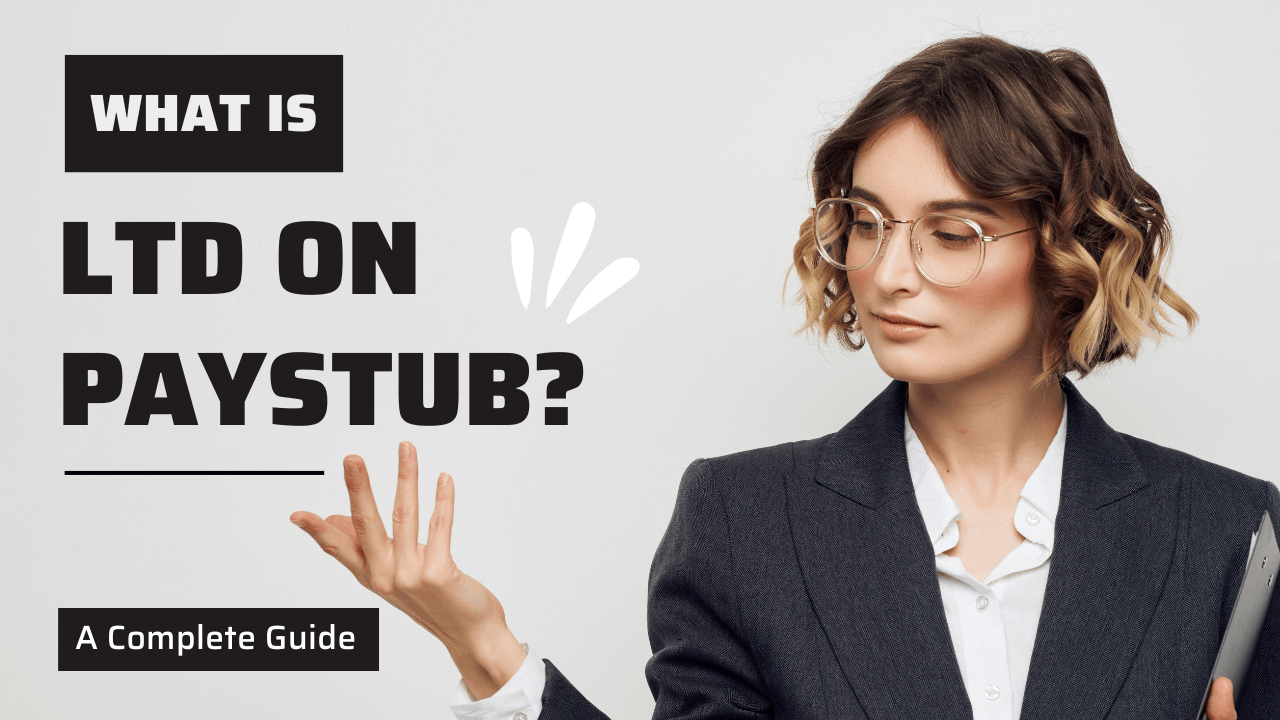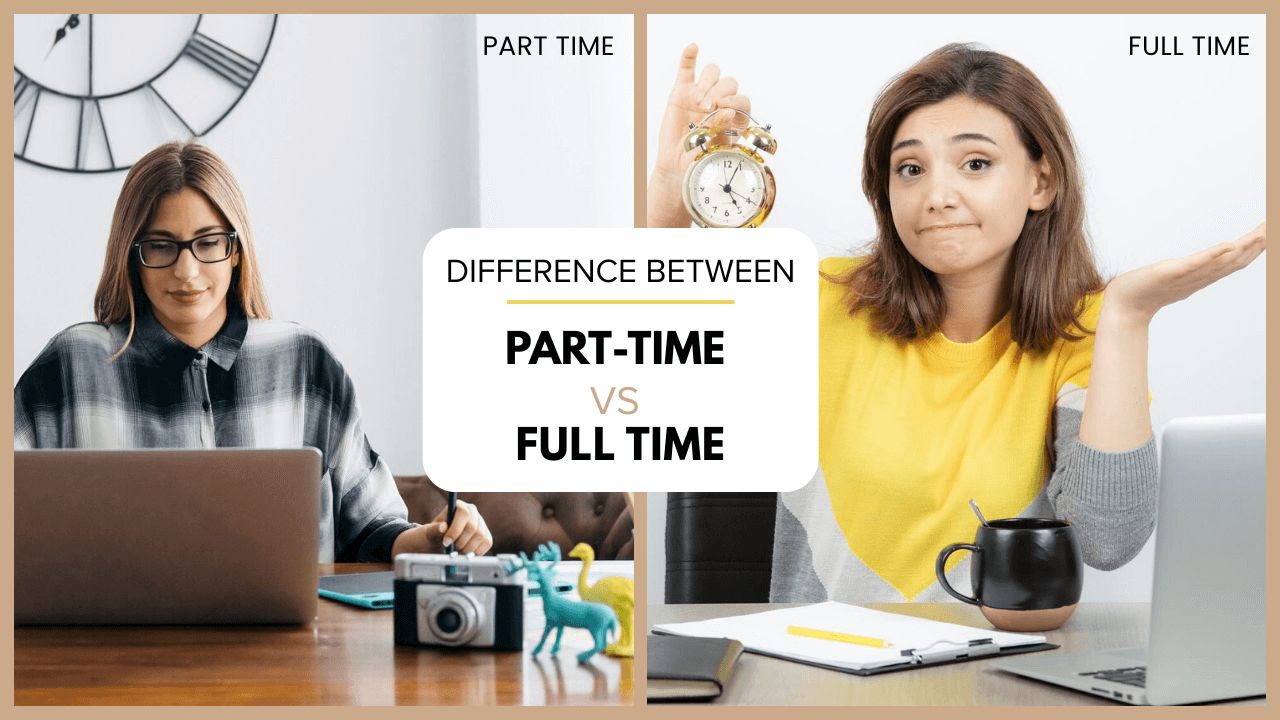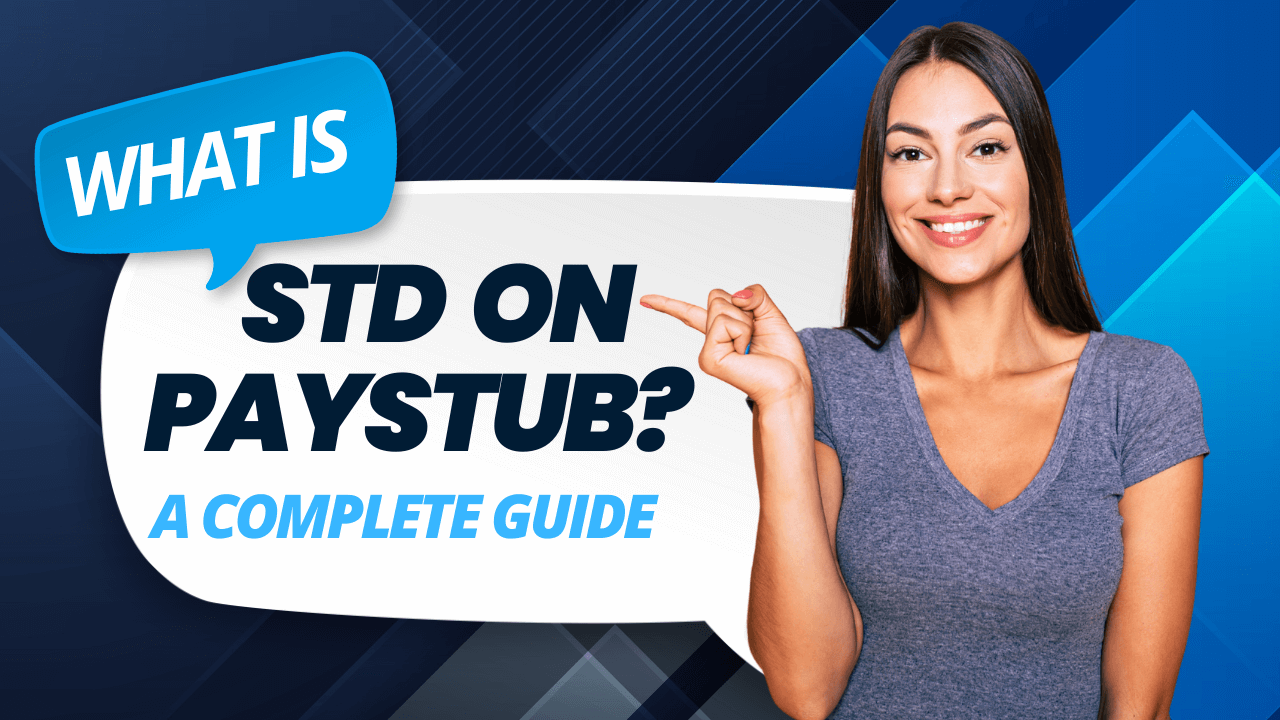While Minnesota labor laws establish a baseline for workplace rights, individual states add their own regulations, and Minnesota is unlike any other state.
With stricter and more stable safety requirements and stiff penalties for violating MN labor laws for salaried employees are taken seriously in Minnesota. This means that for an employer, becoming familiar with the state’s regulations is not optional.
Working Hours And Wages
Minnesota labor laws are determined by a combination of state law and the discretion of employers. The Minnesota Department of Labor and Industry sets minimum wage rates for the state, but except minors, does not impose limits on the number of hours most workers can be scheduled.
In this blog post, we will highlight Minnesota’s minimum wage, overtime pay, and pay transparency regulations, so you can better understand what they mean in the workplace.
Minimum Wages
The following are the minimum wage rates for Minnesota employees:
All employers will be required to pay at least $11.13 per hour on or after January 1, 2025. This wage rate may increase in 2026 based on the inflation rate.
The 90-day training wage and the youth wage will be $9.08 per hour on or after January 1, 2025.
As the Minnesota state minimum wage exceeds the federal minimum wage, employees who are covered under both laws are entitled to the higher state minimum wage.
Overtime Period
In Minnesota, employers must pay overtime wages to eligible employees when they work over 48 hours in a 7-day workweek. Overtime pay must be calculated at 1.5 times the employee’s regular hourly rate. The overtime pay requirement helps to ensure that employees are paid fairly when their workweek exceeds regular hours.
However, not all employees are eligible for overtime pay. Employees who are exempt from Minnesota’s minimum wage laws also do not qualify for the Minnesota labor laws for hourly employees.
Tipped Minimum Wages
Minnesota law, in contrast to many other states, does not require a minimum wage. Employers are not allowed to count tips toward their employees’ wages; therefore, every worker is guaranteed the full state minimum wage in addition to any tips received.
All these rules are to ensure Minnesota State Labor Laws receive both their earned wages and the full amount of earned tips.
Lunch Breaks And Rest Periods
The Minnesota labor laws breaks rules mandate that employers provide their employees with reasonable breaks to support their health and well-being during the workday.
Employees have the right to the following:
- Restroom breaks. Employees must be given a reasonable break after working for 4 consecutive hours to allow them to use the restroom.
- Meal breaks. Employees shall be given a meal period for every shift they work of 8 or more consecutive hours.
Employers may determine how breaks are scheduled, and each employer determines the time when breaks can be taken. Minnesota labor laws regarding breaks of 20 minutes or less are unpaid, but only if the employee is fully relieved of all work.
Leave Balances And Laws
Minnesota provides extensive leave protections that fulfill the obligation of protecting an employee’s job and supporting them in important life events.
These protections, combined with federal protection, such as the Family and Medical Leave Act (FMLA), allow employees to take the time off they need without fear of losing their jobs. The following is a brief overview of Minnesota leave laws.
| Leave Type | Details |
| Family and Medical Leave (FMLA + Minnesota Law) | – Up to 12 weeks of unpaid leave in a year.
– Applies to employers with 21+ employees. – Must be taken within 12 months of the child’s birth/adoption. |
| Paid Family and Medical Leave (Starting Jan 1, 2026) | – Provides wage replacement during leave.
– Two categories: (1) Employee’s own health/pregnancy recovery. (2) Parental, caregiving, safety, and military-related leave. |
| Military Family Leave | – 1 day each year to attend send-off/homecoming ceremony.
– Up to 10 days of unpaid leave for injury or death of a family member in military service. |
| Small Necessities Leave | – Up to 16 hours of unpaid leave annually for parents of school-aged children to attend school events that can’t be scheduled outside work hours (for employers with 2+ employees). |
| Pregnancy Disability Leave | – Federal protections under FMLA and Pregnancy Discrimination Act (PDA) apply.
– Provides reasonable leave and accommodations for pregnancy-related conditions. |
| Paid Sick Leave (Earned Sick and Safe Time – ESST) | – 1 hour of paid leave earned for every 30 hours worked.
– Max 48 hours per year. |
Employee Compensation
Minnesota State Labor Laws relate to how and when employees must be paid. In other words, employers are only required to pay employees for the hours that employees actually worked.
In terms of pay frequency, the state law requires employers to pay wages at least once every 31 days on a regular schedule. There are some additional rules for certain employee classifications:
- Employees who are paid on a commission basis must be paid at least every 3 months.
- Migrant workers must be paid at least every 15 days.
Employees may also choose to opt out of direct deposit, in writing, to receive payment through another option.
Child Labor Laws
The purpose of Minnesota labor laws minors is to ensure the health, safety, and education of minors, while permitting minors to obtain work experience. Minors may work legally as young as 14 years of age, except as prohibited in certain job categories.
Jobs Prohibited for Minors
In an effort to protect the safety of minors, the Minnesota Department of Labor and Industry prohibits minors from engaging in hazardous employment.
Minors under the age of 18 may not:
- Be employed at job sites where any fireworks are manufactured, stored, or kept.
- Serve or use alcoholic beverages that are to be consumed on-premises.
- Work on a construction site and operate any powered machines, such as a forklift.
- Be employed in any situation that involves hazardous chemicals or extreme conditions.
- Drive a cab, bus, or other commercial vehicles.
Minors under the age of 16 may not:
- Use any type of machinery, bakery equipment, and meat slicers.
- Perform welding or work in a manufacturing processing plant.
- Work on an airport runway or within a flight path adjacent to an airport runway.
- Work in any agricultural job is considered hazardous by federal law.
- Operate dry-cleaning machines, or lift or carry patients in nursing homes.
Taxes in Minnesota
Minnesota boasts one of the more progressive tax structures in the nation, which includes a combination of estate, individual income, corporate, sales, and property taxes that affect both individuals and businesses.
Minnesota has a progressive tax system with a rate from 5.35% to 9.85% based on income.
Need Accurate Income Proof? Get It With Free Paystub Generator
One of the challenges faced by employees and self-employed individuals is maintaining credible evidence of income. Missing pay evidence, missing deduction details, and pay being difficult to keep track of can create challenges when applying for a loan, renting an apartment, or filing taxes.
This is where a free paystub generator can help. It creates professional and accurate paystubs on demand, so you never have to worry about maintaining the evidence you need to access your income.
A pay stub generator saves you time, helps minimize errors, and creates peace of mind. Instead of stressing or worrying about your documentation or trying to track down records, simply create a compliant pay stub in minutes.
Curious Minds Also Ask
How many hours can you work without a break in MN?
Employees are entitled to a break every 4 hours and a meal break when working 8 or more consecutive hours.
What is considered wrongful termination in Minnesota?
In Minnesota, wrongful termination takes place when an employee is terminated for an illegal reason, including discrimination, retaliation for reporting violations.
How many straight days can you work in Minnesota?
Under Minnesota labor laws, there is no limit on the number of consecutive days that an employee can work; however, federal overtime laws may apply to their employment classification.
Can I skip my lunch break in Minnesota?
Employees must be provided a meal break after 8 hours of work; however, employers are allowed to manage when and if the meal break is taken; however, employers must approve of it.
Does MN allow 14-year-olds to work?
Yes, the minimum age to work is 14, but there are restrictions on the hours and type of work that minors can be employed to do.
Is overtime after 8 hours or 40 hours in Minnesota?
Minnesota does require overtime after 48 hours in a work week; however, federal law mandates overtime after 40 hours in a work week, whichever is more beneficial to the employee.
Is 32 hours full-time in MN?
The state of Minnesota does not outline the specifics of what full-time employment requires, but generally speaking, several employers and benefits plans define full-time employment as being between 32-40 hours a week.
Do you need a reason to fire someone in Minnesota?
No, Minnesota is an employment-at-will state, meaning that an employer can terminate an employee without cause, unless it is based on an illegal reason.
Is it hard to get fired in Minnesota?
No, since Minnesota is an at-will employment state, employers can terminate employment without any pre-established agreements unless protected by contract or law.
Can I work 6 hours without a lunch break in Minnesota?
Yes, an employer is only required to provide a meal break if the employee works 8 or more consecutive hours in a shift; therefore, a 6-hour shift does not require a meal break according to the law.
Do you have to pay out PTO in Minnesota?
Yes, employers must comply with their own policies or agreements regarding PTO pay-out upon separation from employment; however, the law does not require that an employer provide payout for PTO unless stipulated in a policy or benefit agreement.
What is the minimum wage in MN?
On January 1, 2025, the minimum wage in Minnesota will increase to $11.13 an hour for a regular worker and $9.08 an hour for a youth and training employee.
What is wrongful termination in Minnesota?
It would mean wrongful termination contrary to the law, such as for discrimination, whistleblowing, retaliation, or breach of contract.
Can you be fired without warning in Minnesota?
Yes, because Minnesota is an at-will employment state, an employer may terminate an employee without notice unless otherwise agreed.
What are the rules for terminated employees in Minnesota?
Employers are required by law to pay an employee all wages due promptly after termination. If the employee requests their final pay in the case of a discharge, the employer must provide the pay within 24 hours.
FAQ's
What is the minimum wage in Minnesota for 2025?
+
In 2025, Minnesota’s minimum wage is $10.85 per hour for large employers and $8.85 per hour for small employers, with annual adjustments.
Are employers required to provide meal and rest breaks in Minnesota?
+
Yes. Employees working 8+ hours are entitled to a meal break, and those working 4+ hours get sufficient restroom breaks.
Does Minnesota require overtime pay in 2025?
+
Yes. Employees must receive 1.5 times their regular pay for hours worked beyond 48 per week under state law (and 40 hours under federal law).
What are Minnesota’s rules on sick leave in 2025?
+
Minnesota’s Earned Sick and Safe Time law requires employers to provide paid sick leave to eligible employees statewide.






